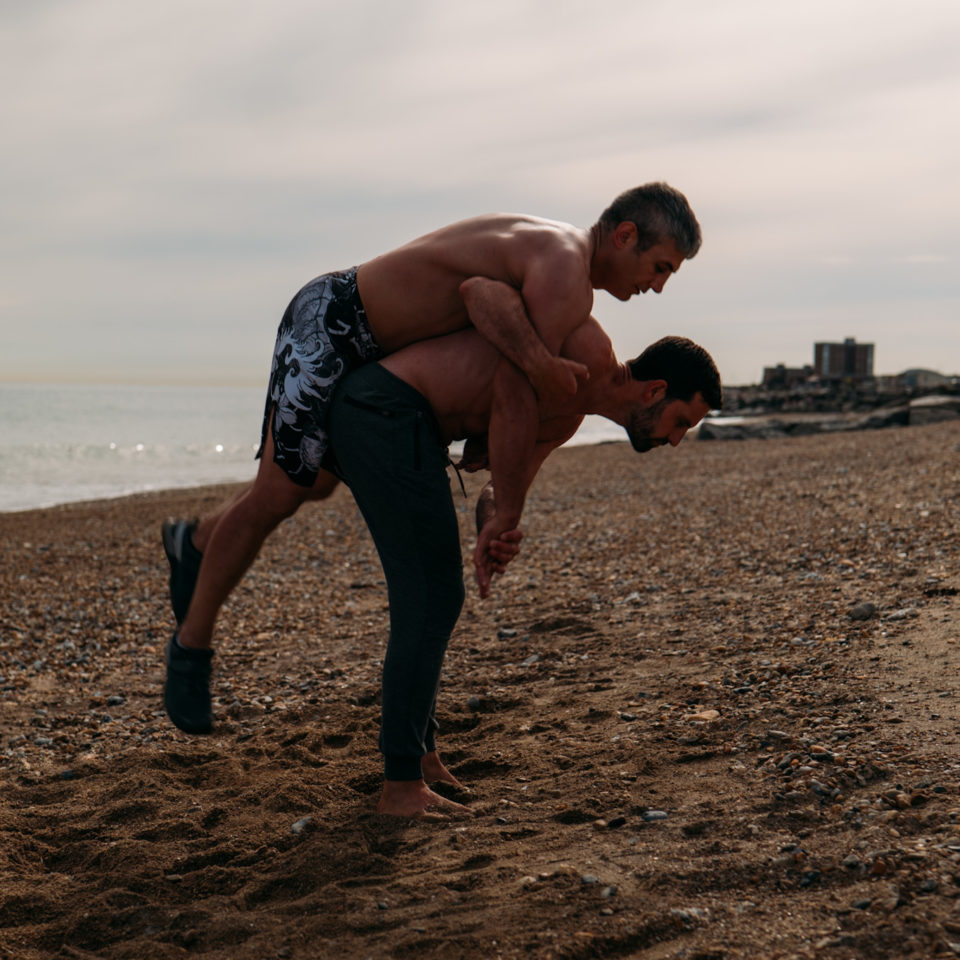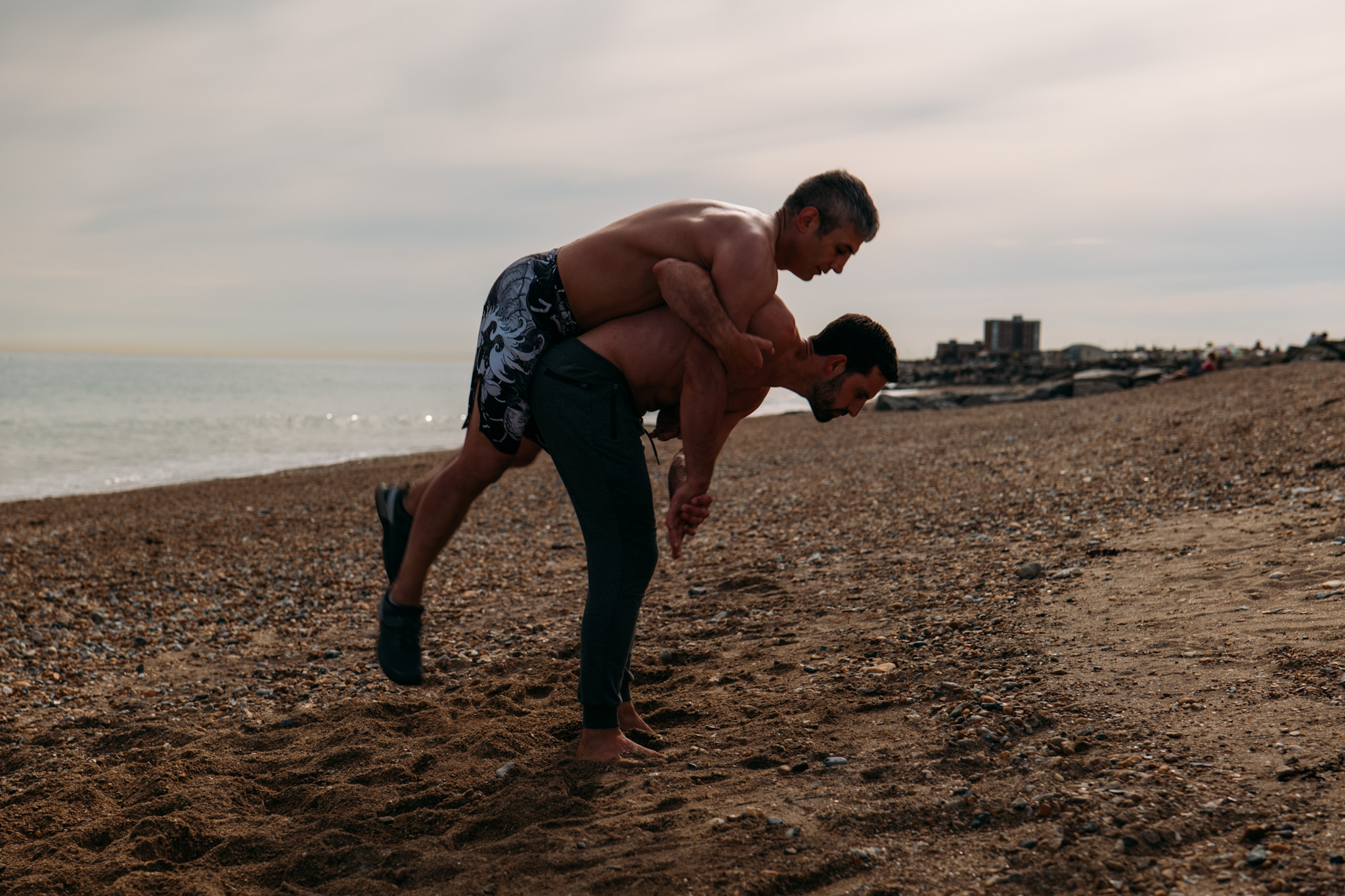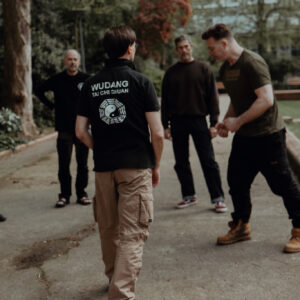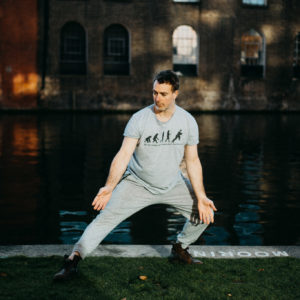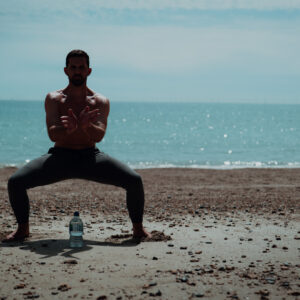Original price was: £111.00.£69.00Current price is: £69.00.
Description
Tai chi was originally often called simply the martial art of the thirteen dynamics or tactics.
This is in reference to the arts eight ways of using force (Pa Keng) and five ways of directional movement. Eight plus five being thirteen.
The idea was to simply masters these 13 possibilities, which are themselves simply expansions of the yin yang, tai chi principle.
By mastering these core eight forces and then five movement directions we can become infinitely creative and develop techniques on the fly in a spontaneous way.
This video covers the eight major forces and how to use them in a simple and practical way. From here you can explore possibilities and learn to combine them in all manor of ways.
These eight core forces are both offences and defensive in nature and once mastered will provide your tai chi chuan with a very powerful ‘engine’ upon which other additional skills can be built.
